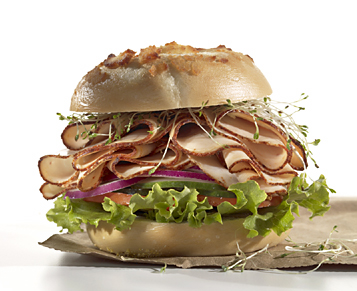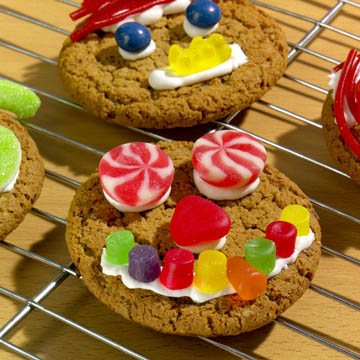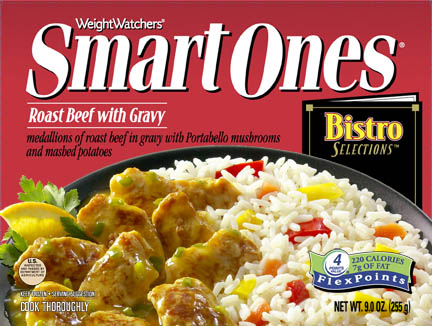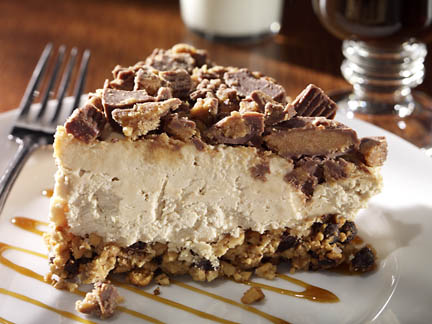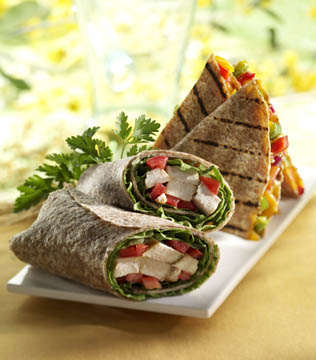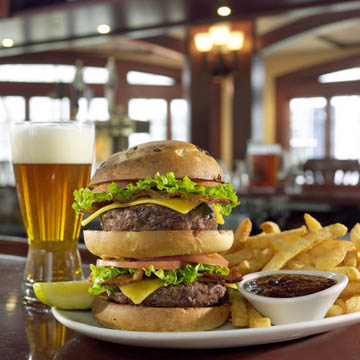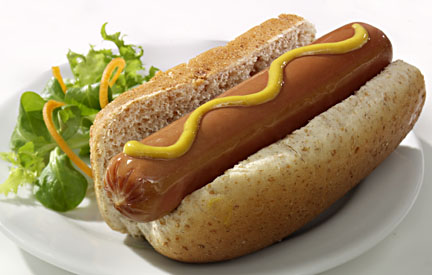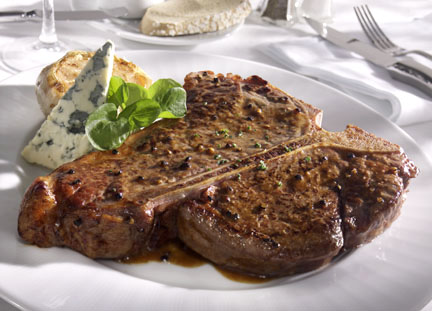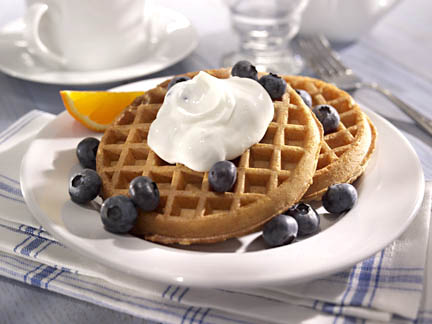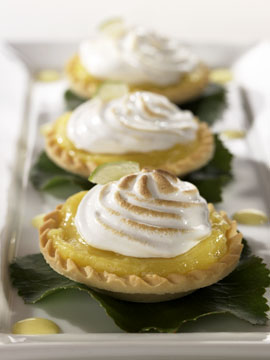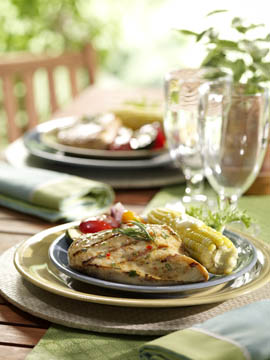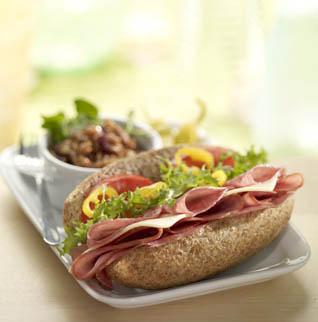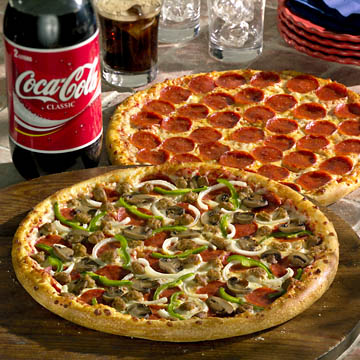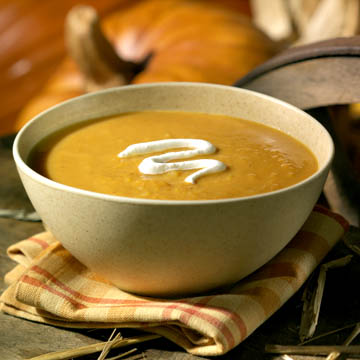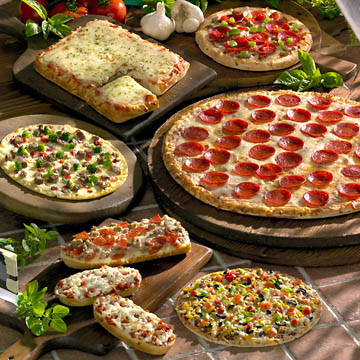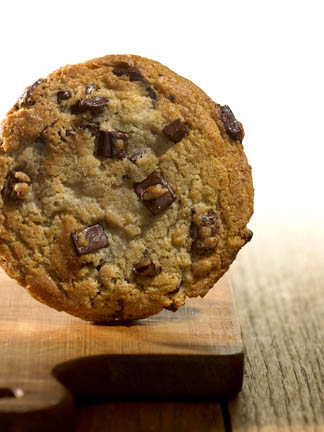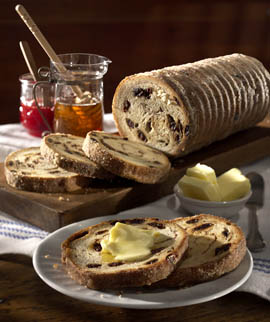
|
|
|||||||
How to buy food photography
|
|||||||
|
|
|||||||
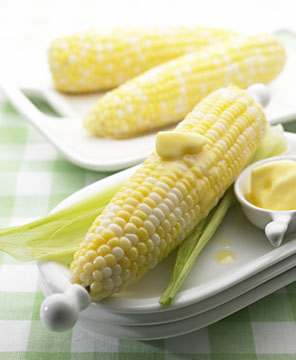 |
Over the last few years, I’ve probably had a hundred phone calls from people that have found me on the Internet and were interested in hiring me to do their food photography. Many of them had never purchased food photography, or had hired a food photographer before. Most of them had a hundred questions and were anxious to learn about the process, so I decided to spend a little time and write this article and explain what all goes into a food shoot. Please don’t get me wrong, I don’t mind answering questions, so please feel free to contact me if you would like to learn even more about the food photography process or if you’re ready to talk about the specifics of YOUR food shoot. You can reach me at 412-232-4444 or at mike@foodportfolio.com. Please keep in mind that I am a much better food photographer than I am a writer, so please don’t hold that against me. :+) |
||||||
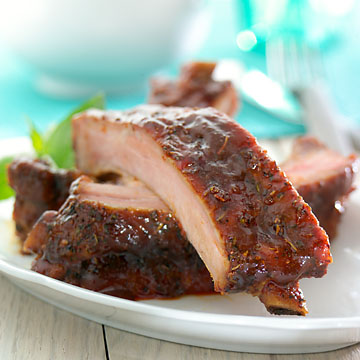 |
|||||||
|
|
|||||||
Who should read this information?The main target audience for this little article is actually restaurant owners, Catering Company owners (or marketers), or other newbie marketers related to the food industry. I’ve had calls from pizza shops, cookie makers, chocolates makers, and many other small companies that needed photography for their sales and marketing needs. Even though the bulk of my clients are working marketing professionals, most experienced Art Directors, Graphic Designers, and food related marketing managers have experience with photography shoots and will find little new information here. If you’re a relatively novice Art Director, Graphic Designer, or food related marketing professional, I’m sure that you could learn a few things that might make yourself more comfortable when your first food photo shoot does come about. |
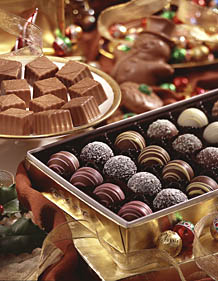 |
||||||
|
|
|||||||
|
So what do YOU need?Most of the phone calls I receive from newbie marketers come to me with a specific need in mind. They need food photography for a menu, a menu board, a web page, a print advertisement, a billboard, a table tent, or a direct mail promotion that they have in mind. You might even want the photos for packaging your product. One of the most common mistakes a newbie food marketer makes, is not planning ahead for multiple uses of their food photography. Food photography is a relatively expensive venture, so planning ahead to amortize the expense over your future promotional needs is always a good idea. By giving some thought now as to how you might want to use these images in the future, plans can be taken for the photo shoot to allow the flexibility of getting the most out of your images. In order to get the most out of your photography, I would suggest that you find yourself a good Graphic Designer, if you don’t already have one. A good Graphic Designer will help you plan out how you are going to be using the photography for you current and future uses. That way, when we all show up for the photo shoot, we will have a plan and some parameters for our efforts. We’ll all know how the photography might be used, which will allow us to make the proper decisions during the shoot. You will probably want future projects to have a similar feel to the project we’re working on now, in order to give a consistent look to your companies marketing efforts. If so, It’s a good idea to give some serious thought to what you want that “look” to be so that you don’t have to re-shoot everything later to get it to match a “new look” For example, some of the questions that the I will have at a shoot are:
These are just a few questions that will need to be answered before the shooting even begins. A good Graphic Designer will help you answer these questions. The Graphic Designer also may be able to help you with other things like web design, purchasing printing, file preparation, and possible retouching. If you don’t already know a good Graphic Designer, I would be glad to recommend one. |
||||||
|
|
|||||||
Why a food photographer and not a “regular” photographer?The proof is in the pudding, so to speak… If you can find a “regular” photographer that can supply you with the quality of food photography that you want to represent your business, then go for it! But since you’re here reading this web page, I’m assuming that you can discern between good and mediocre food photography. You’d be surprised at how many people can’t. And that’s ok. Without mediocrity, excellence is seen quite so easily. The truth is that food photography, at its highest level, takes many specialty photographic techniques, and even specialty photo equipment, that most photographers do not possess. I use different types of lights to create different moods. I use mirrors and reflectors in very unique and seemingly mysterious ways to bring out the shape and texture in your food, so that the viewer can see, feel, and almost taste your food. In this industry, experience does matter. I’ve photographed just about every type of food is, dozens of times. Each time, I learn a little more and a little more. I try as hard as I can to avoid getting into any ruts. I try to approach all jobs with a new, fresh approach, but all that experience can’t help but show itself in the quality of work that I produce. Not only does quality depend on experience, but with experience, the speed of work increases too. That translates to getting more done in a given time period, which means savings to the customer, you! |
|
||||||
|
|
|||||||
|
Where should we shoot?Most restaurant owners that call me for the first time assume that the logical thing to do is shoot at their restaurant. This is not always the wisest decision. Sometimes, but not always. Most newbies to a food photography shoot are amazed at just how much goes into a successful food photography shoot. There are light stands, light stand arms, lights, power packs, booms, bounce cards, mirrors, reflectors, computers, cameras, camera stands, light boxes, filters, grey cards, cords to the camera, cords to the computer, cords to the lights, shooting surfaces, props, dishes, flatware, props, and about a million other things I’ve either forgotten or might forget when I go on location. The truth is, I have a studio full of stuff, which I just might need. Probably won’t, but just might. And there’s no way to guess exactly, every little thing that might come in handy on any particular shoot. Once you’ve been to your first studio photo shoot, you’ll see what I mean. We have an entire wall filled with food related props like cutting boards, bread baskets, dishes, surfaces, salt and pepper shakers, table cloths napkins, wooden table surfaces, and tons of other things too. All this stuff gives us the flexibility, during a shoot, to adapt to unforeseen issues. What happens if when you get to the shoot, you hate the surface? Well, if we’re at the studio, we simply go into the back room and choose from the other 50 surfaces we have lying around. If we’re at your restaurant, we’re S.O.L., if ya know what I mean. You’ll be surprised. Food Photography takes up more room than you may think. All that gear, all the camera cases that need to be unloaded, not to even mention the shooting space, require quite a bit of room. Shooting on location can sometimes prove to be an obtrusive experience for most restaurants and their staff. Not many restaurants can afford to devote large spaces for the entire day for a photo shoot, usually making the studio shoot a more practical alternative. Another thing to keep in mind when deciding to shoot at the studio or on location, packing up and hauling all that equipment takes time, and time is money, and it’s usually your money. Having said that, there are times when shooting on location does make a lot of sense. For example, if your going to include the actual restaurant as a background. Another reason we sometimes travel on location is because of the availability of certain key people. Or, a chef or restaurant owner may not be able to get away from the restaurant for a shoot. In those cases, along with others, shooting on location is something we often do. No problem. I do it all the time. Since I made such a big deal about shooting at the studio, let me tell you a little more about it. It’s located in the Strip District of Pittsburgh, PA. The Strip district got its name from the strip of buildings that wholesale meats and produce to the many markets in the area. The close proximity of this resource often proves invaluable in the world of food photography and can save time and money when it comes to acquiring those last minute or unexpected food supplies. The Studio itself is about 50’x 50’ in size with 17’ ceilings. This gives us plenty of room to work in and also house the props and surfaces that make our pictures so appealing. The kitchen area is fully equipped with restaurant standard furnishings including a six burner Southbend gas stove, a Victory Double wide stainless steel cooler, and a stainless steel center work island for a comfortable working experience. We also have two additional freezers and two additional refrigerators for those big jobs that require storing large quantities of product or supplies. The space is open and spacious enough for multiple chefs and / or stylist to work at the same time. Some of our clients aren’t the “hands-on” type, so we also have an area set aside for their comfort too. We have a place where clients can set up their laptop, hook up to the net via wire or wireless, and get some work done during client the downtime that inevitably accompanies most food shoots. There are always plenty of food and refreshments available too. You just have to be careful of what you eat around here. Some of the food might just be slated for the set and if you make the mistake of eating “hero” food, you could find yourself in some deep do-do with the stylist! Not that I’ve ever done that… |
||||||
|
|
|||||||
The Food Photography TeamLet me tell you a little about the “usual” food photography team that I assemble. I say usual, because the team may very due to the particular job. Some jobs require additional, or fewer members, depending of the complexity of the project. Here are the typical team members and their functions, the day of the shoot. You, the client - The rest of the team is here to make you a happy camper. We will give you pretty much anything you want. Even if we may disagree with you about some of your decisions, we’ll offer you advice, but ultimately, the final decision is yours. It’s your nickel. Your job at the shoot is to make the big decisions. Do you like this, will be a question you hear quite a bit. We all understand that some of these decisions are tough to make, but you are the fearless leader and the rest of us can’t make you happy, if we don’t know that it is that makes you happy. In other words, we’re going to be counting on you to make those decisions. If you don’t do your job efficiently, the project may end up floundering, wasting time and your money. Art Director – If you haven’t hired a designer or Art Director to be at the shoot, then his responsibilities end up being your responsibilities. The Art Director is in charge of making those decisions related to the photo as it relates to the eventual uses in the marketing pieces. Art Directors are good with choosing colors, angles and such. To be honest with you, the rest of the team sometimes prefers not to have an Art Director present. This gives the team more freedom to create “pretty” pictures and the need to please less people. If you’re a strong leader and can make decisions well, you won’t necessarily need an Art Director at the shoot. Food Photographer – That’s me! My job is to make sure that everything happens, even though sometimes I prefer to have the stylist take on the majority of the scheduling and logistical responsibilities. My main responsibilities during the shoot are to manipulate the camera in selecting the angle, lens, focus, and also to create lighting for the shot. Many people don’t realize that the lighting is what most often makes a photograph appealing or unappealing, bland or dramatic. As a wise writer (Harvey) once said, It’s all in the lighting! Photo Assistant – The Photo assistant’s job is to manage the studio and to do whatever needs to be done to keep the studio functioning properly, and to assist the photographer in his duties. He (or she) answers phones, gets lunch, moves equipment, relays communications between team members, and a whole bunch of other things. Food Stylist – The food Stylist is responsible for making the food look more photogenic. They prepare the food and do what it takes to make sure that is food looks its best for the camera. They know all the tricks and techniques to accomplish their goals. I have seen stylists do things to food that I can’t even mention here. It’s amazing what a good food stylist can do, that a chef would not think of doing. Many clients select to eliminate this team member for economic reasons. Most of the time, I feel that this is a mistake. A food stylist, while being expensive, is usually an invaluable part of the Food Photography team. A chef makes food to taste good AND to look good. A food stylist only makes it to look good. There’s a big difference when it comes to Food photography and its time requirements. Food Stylist Assistant – This person’s job is to assist the food stylist in whatever he or she may need. That may mean sifting through a thousand peas, to find the best seven. She may need to run to the store to get something the client said that they were going to bring, but forgot. Prop Stylist – If there is going to be props in the shot, you probably want to have a prop stylist involved. The prop stylist that I work with most often, keeps his prop inventory stashed here at the studio so it’s always close by and ready if we need to access it. Besides having props on hand, the prop stylist will also shop and find specific props requested by the client or Art Director. In many photographs, if you look hard enough and if you’re honest to yourself, you have to admit that the props often times MAKE the shot. The Technical Guy – This is usually someone from the client’s company familiar with how things are done at the restaurant. Sometimes this is the “client” and sometimes it’s a person in the “operations” department. We can make some beautiful pictures, but if the product doesn’t look like what you make at the restaurant, someone’s going to be in trouble… I’ve had clients here actually count the number of beans in a bean salad, to make sure that things weren’t being exaggerated, especially for packaging projects. |
|
||||||
|
|
|||||||
|
So what’s this going to cost?I can hear you now. GULP! Well, here’s how we charge for this. We normally charge by the day, or half day. As you can see by the flexibility of the crew involved, the props needed, the amount of prep time for the stylists, the price can vary quite a bit. This is probably a good time to discuss shot complexity. The easier the shot, the more shots we can do in a given time period. Two things tend to affect the complexity, that therefore the price of the shot; the number of food items in the shot, and the intricacy of the background of the shot. The more food items, the longer the stylist needs to prepare the dishes of food. The more stuff in the background, the longer it takes to futz will all that stuff. The fastest type of food photography is when you have one food element, outlined. When I say outlined, I mean that the image’s background is to be cut out of the shot and the plate (or whatever) is going to be placed on another background by the artist or printer. The most time consuming type of shot is the one where you have several food items on a very complex background. We normally discuss shoots in terms of “shots per day.” Outlined shots tend to go faster and therefore you can get many more shots per day, than other types of shots. Other variables that effect the time involved, is the food itself. Turkeys, as you know, take a long time to cook. Long time = less shots per day = more expensive per shot. Of course, if you want a specific prop that the stylist has to spend days to find, that will affect the cost too. Besides props, food costs can be an issue too, unless of course the client supplies all the food for the shoot. Shooting twenty lobsters is going to be more expensive than shooting twenty plates of Mac & cheese. You get the idea. So, as can see, I’m sort of beating around the bush when it comes to giving you a price. I guess you’ll have to call to discuss your individual project. Every time I try to give a ballpark price to a client, the Food Stylist ends up beating me silly for forgetting this or that. To tell you the honest truth, I usually have the stylist tell me how long the shoot will probably take. Her time is usually the determining factor in how long the length of the shoot. Sorry. |
||||||
|
|
|||||||
How to cut costs, if you really have toIf you ask us to give you a price, we will estimate the project in order to give you the best possible job. There are projects where you may HAVE to cut costs, or not be able to do the job at all. You just can’t afford to go first class, but your not willing to give up and use the local yokel photographer. Here are some things, if you must, that you can do to make the job work for you financially. Shoot in the studio and not on location - It takes time and money, not to mention mileage, tolls and hotel, (if distant) to go on location. So to save money, it’s always cheaper to shoot in the studio. Shoot outline shots - Like I said before, we can shoot many more “cut-out” shots than we can “environmental” shots. Shoot single items - Even if the artist assembles the items later in the layout, shooting five individual dishes is still faster (and the quality is better) than shooting a group of five dishes that need to be ready all at the same time. Use your Chef – If you’re absolutely convinced that your chef can do a great job and you don’t want props in the shot, then eliminating the stylists can save you an enormous amount on the shoot. Probably as much as 40-50%. I do about 95% of my work with a stylist, but for the 5% where I’ve worked directly with a chef. I have to admit that the final outcome of that 5% wasn’t all that bad. Not as good as it could have been, but the client was happy in the end. |
|
||||||
|
|
|||||||
|
The anatomy of a food photography shootContact a Graphic Designer – Figure out what you currently need and what you will probably need in the future. Maybe she can give some good ideas that will more than pay for the fees involved. If nothing else, your current project will look a whole lot better that if you let some printer be the designer. If you need some recommendations on a designer, just let me know. I know a bunch of them. Find a good photographer - You’re way ahead of the game there… :+) Communicate the project details with the photographer and stylist team, including number of shots, food details, prop ideas, mood, uses, and don’t forget about deadlines. Get estimate for photo shoot Agree on estimate and schedule shoot. Have pre-production meeting to discuss:
Stylists shop and prep for shoot days before the shoot. Show up on the morning of the shoot. Select plates and props Test for shooting angle, lens selection and focus Dummy food arrives Compositional and lighting refinements process Hero food arrives Final adjustments Final image captured File maximization and minor retouching On to next shot until done The final product is delivered either that day or within the day or two following the shoot. Lunch - Lunch is in there somewhere – brought in from local resource and the price is usually included in the price of the shoot. Who says there's no such thing as a free lunch! Down Time - There is some substantial downtime at time during the shoot. After the initial plate and prop selection, you may find yourself with substantial periods of time during the refinement process. Internet connection, including wireless, is available in the client work area. It’s a good idea to bring some “busy work” to make good use of your time. |
||||||
|
|
|||||||
|
The big sales pitch – So there you have it. Hopefully now, you now know what you’re getting into. We have a great team put together and if you give us a chance, we can make beautiful pictures that will sell a lot more of your pizzas, cookies, or whatever... I look forward to hearing from you. Thanks Michael Ray 2820 Smallman Street |
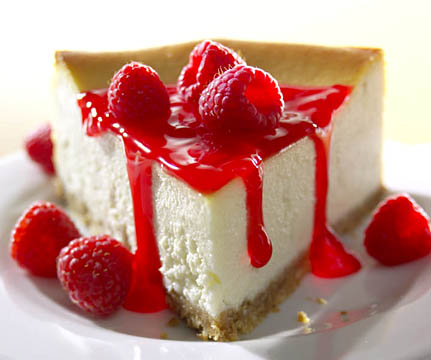 |
||||||
|
© Michael Ray 2006
|
|||||||

